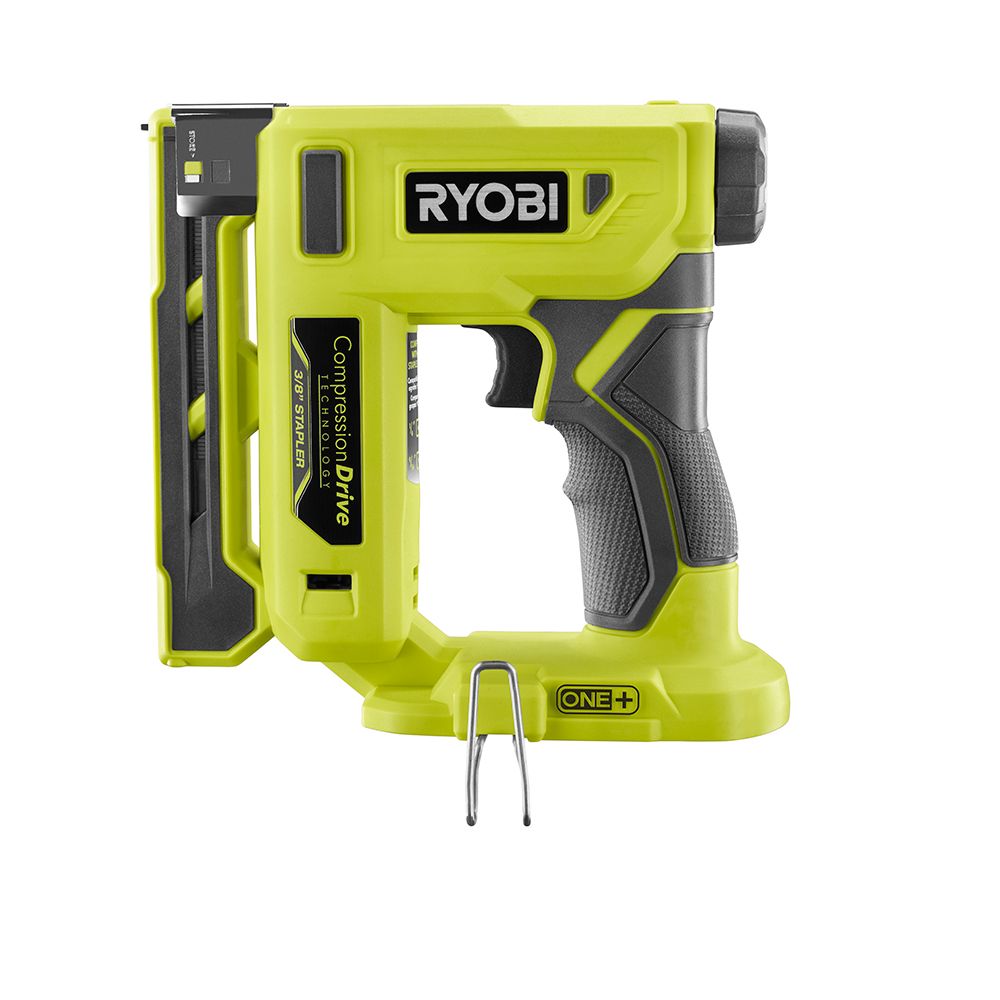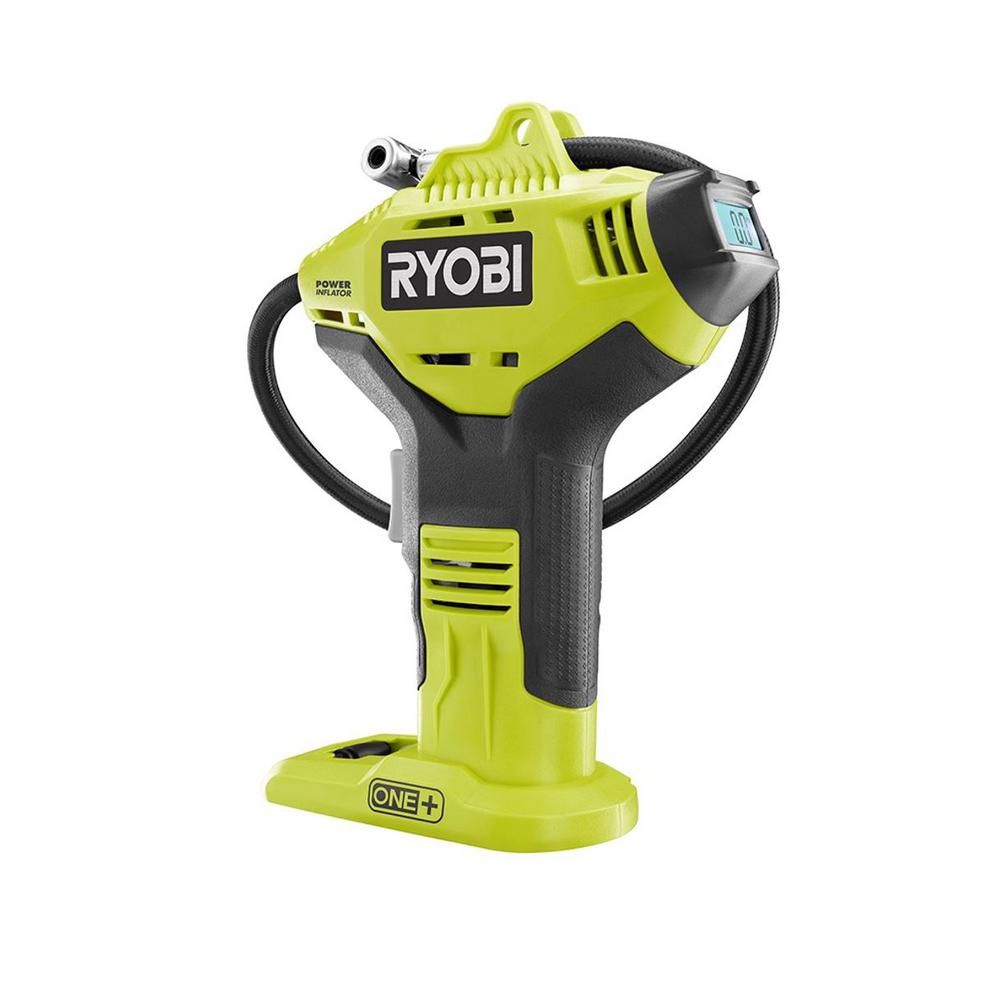There's recent interest in the forums on different ways to drive the filament through the hot-end, especially as it seems that the teeth in some gear driven extruders result in artifacts visible in the surface of the prints.
Here's an example of the problem:
 |
| The wood-grain looking waviness in the print surface seems to be coming from the gear teeth in the extruder. |
There's an interesting thread on the subject at the Duet3D forums here.
Here's one designer's idea about a different way to drive the filament.
Here's a recent design that looks very interesting- similar to the one above:
Both of those extruders rely on rolling threads into the filament to drive it through the hot-end. I explored that concept in a crude way several years ago.
Back in 2014, 1.75 mm filament was a new thing, and extruder jams were everyone's biggest problem in 3D printing. I thought that what was needed was a very strong push-force extruder that would be able to force filament through the hot-end and nozzle under almost any circumstances, including a partial blockage of the nozzle.
My new design came about when I found myself a little bored at a makerspace meeting and and started fooling around with a piece of filament and a 6-32 nut I found on the table where I was sitting. I noticed that the nut could be threaded onto the 3 mm filament. That got me thinking that I could use that idea in an extruder to drive the filament by spinning the nut with the motor.
One problem with that idea was that the nut fit tightly on the filament and caused the filament to twist when the nut was turning. I needed something to prevent the filament from twisting. I decided to add a second nut, rotating in the opposite direction, figuring that if one nut twists the filament, the second one will untwist it. The second nut would have to have the opposite (left-hand) threads. Hmmm.
I did a little research and found that one can buy left-hand threaded 6-32 taps very cheaply (about $7 IRIC), so I ordered one and used it to make a left hand threaded 6-32 nut from a small piece of mild steel.
The next problem was the gears to drive the two nuts. A little shopping found sets of plastic gears for about $2 at American Science and Surplus that would do the job. I added some 5mm diameter brass tubing, and some small bearings to fit the tubing and it was almost done.
Total invested funds- about $30, most of which went to the Budaschnozzle hot-end that, believe it or not, was considered one of the more reliable designs available at the time. I can't say enough bad things about that hot-end but that's not what this post is about, so I'll just leave it alone.
Did it work? Yes and no. It was fine at driving the filament, but retraction proved problematic. If the threads in the two nuts didn't match exactly and/or the hole diameters were a little different, one nut experienced more friction with the filament than the other. It wasn't enough to allow the filament to twist but it interfered with retraction. Also, the nuts had fixed diameter, and in those days, filament diameter was poorly controlled, so it would occasionally run into a blob on the filament that wouldn't fit through the nuts.
I thought about using threaded collets that would allow adjustment to fit different filament diameters, or even spring loaded collets to allow automatic adjustment, but ultimately abandoned the project when 1.75 mm filament became the standard to allow higher speed printing.
 |
| Here is the very first test print made using the snakebite extruder. You can see that there were some retraction problems (and ringing which is not the problem that started this post). |
 |
| The top of the extruder, with smaller filament drive gears, opened so you can see the gears and bearings. The green part is actually two pieces that fit tightly together to capture the bearings. |
 |
| Comparison of an early version to the final, size-reduced version. |
 |
| The three printed pieces of the extruder assembled. |
 |
| Side view of the final extruder showing how the gears mesh. The large green gear was press fit onto the motor shaft and was able to fit through the hole in the printed base of the extruder. |
 |
| A print made using the snakebite extruder. It had excellent surface quality except for the random loop-blebs scattered over it. |
 |
| A close-up of the blebs. I suspect it was part of the retraction problem. |
Here are some videos I made of tests of the snakebite extruder:































